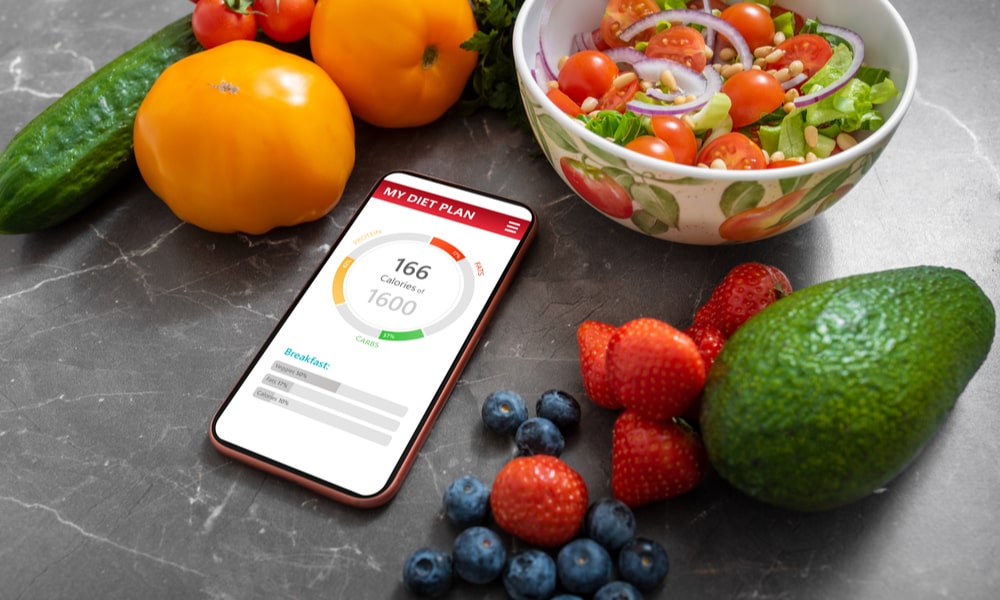Could Grocery and Meal Deliveries Be Apple’s Next Service Offering?
 Credit: Kaspars Grinvalds / Shutterstock
Credit: Kaspars Grinvalds / ShutterstockToggle Dark Mode
By now, it’s becoming pretty evident that Apple is investing heavily in the services arm of its business. So, it shouldn’t be that much of a surprise that the company has been exploring some new areas it could expand to in the future.
Apple’s Services business is already a seemingly unstoppable juggernaut. It’s been growing steadily over the past few years. In its most recent earnings call, Apple reported that it had reached 825 million paying subscribers and nearly $20 billion in revenue.
To put that in context, this means Apple’s services account for over one-fifth of the company’s total revenue. It’s a category in second place only to Apple’s $50 billion iPhone business, and it’s worth more now than the Mac and iPad categories combined.
Of course, there’s more to Apple’s Services than just the obvious consumer-facing subscription offerings. This category is also where revenue from the App Store goes, along with the crazy amount of money Google pays to be the default search engine on Apple devices.
Still, those revenue streams are relatively static for Apple. It’s the services that Apple can sell direct subscriptions to that provide the company with the best opportunity for growth. Apple Music, Apple TV+, Apple Arcade, Apple Fitness+, and even Apple News+ have the potential to attract subscribers, increasing Apple’s bottom line.
However, except for Fitness+, most of those are pretty established and therefore growing at a slower-but-steadier pace. Hence, Apple understandably wants to find new areas in which it can offer services to generate even more subscription revenue.
Is Health the Next Frontier?
With Apple’s powerful push into health and fitness, there’s little doubt it’s exploring ways to create value-added subscription services in that area.
We’ve already heard hints of a subscription service for medical professionals that would offer care providers a more effective analysis of patent data. There’s also been talk of a broader Health+ service, but it’s never been clear precisely what that would become.
Considering Apple’s altruistic aims for its HealthKit frameworks, it’s understandable that the company likely wants to avoid monetizing this too much. However, a recent report reveals that it may be considering a slightly different angle.
In his latest Power On newsletter, Bloomberg’s Mark Gurman said that Apple has been considering an “Instacart-like service” that would tie directly into the data already (presumably) stored in Apple’s Health app.
The company has also explored some Instacart-like service that integrates with nutrition data in the Health app. That’s probably a doozy to pull off and sounds fairly low-margin.Mark Gurman
To be clear, Gurman doesn’t offer any solid evidence that this will arrive anytime soon — merely that it’s something Apple has “explored.” Gurman also notes that it could be challenging to pull off. That’s likely true for several reasons.
Leaving aside the logistics of creating a grocery delivery service, which is something Apple likely could accomplish if it set its mind to it, there’s the reality that most folks don’t have all that much nutrition data stored in their Health app.
Although Apple’s HealthKit framework provides a Nutrition category with a surprisingly comprehensive list of metrics — everything from water and caffeine to biotin and pantothenic acid — there’s no easy way to get data into this category.
Naturally, nutritional data has to come from somewhere, and in Apple’s case, that “somewhere” is usually third-party apps. Unless you’re willing to punch in data manually or create your own Shortcuts, most of this data will need to come from other apps.
The most common apps that provide this data to Apple Health are food logging apps like MyFitnessPal and Yazio. However, these apps rely on databases that rarely offer much detail beyond macronutrients — fat, carbohydrates, and protein.
This ultimately gives Apple’s envisioned grocery and meal delivery service a pretty limited set of data to work with. Plus, many food logging and diet tracking apps already provide integrated meal planning services on their own.
There’s a good chance this service is only one piece of a much larger puzzle that Apple is working to put together. We’ve already seen interesting reports of Apple working on other pieces, such as tracking your food intake from a photograph of your meal using sophisticated machine learning. That would solve the problem of getting data into the Health app, but it seems like a moonshot project even for Apple.
Still, if any company can develop something unique in this area, it’s Apple. However, we haven’t seen or heard much about this yet, suggesting it’s far from ready for prime time. Nevertheless, it’s interesting to hear that Apple is kicking this idea around.
[The information provided in this article has NOT been confirmed by Apple and may be speculation. Provided details may not be factual. Take all rumors, tech or otherwise, with a grain of salt.]






